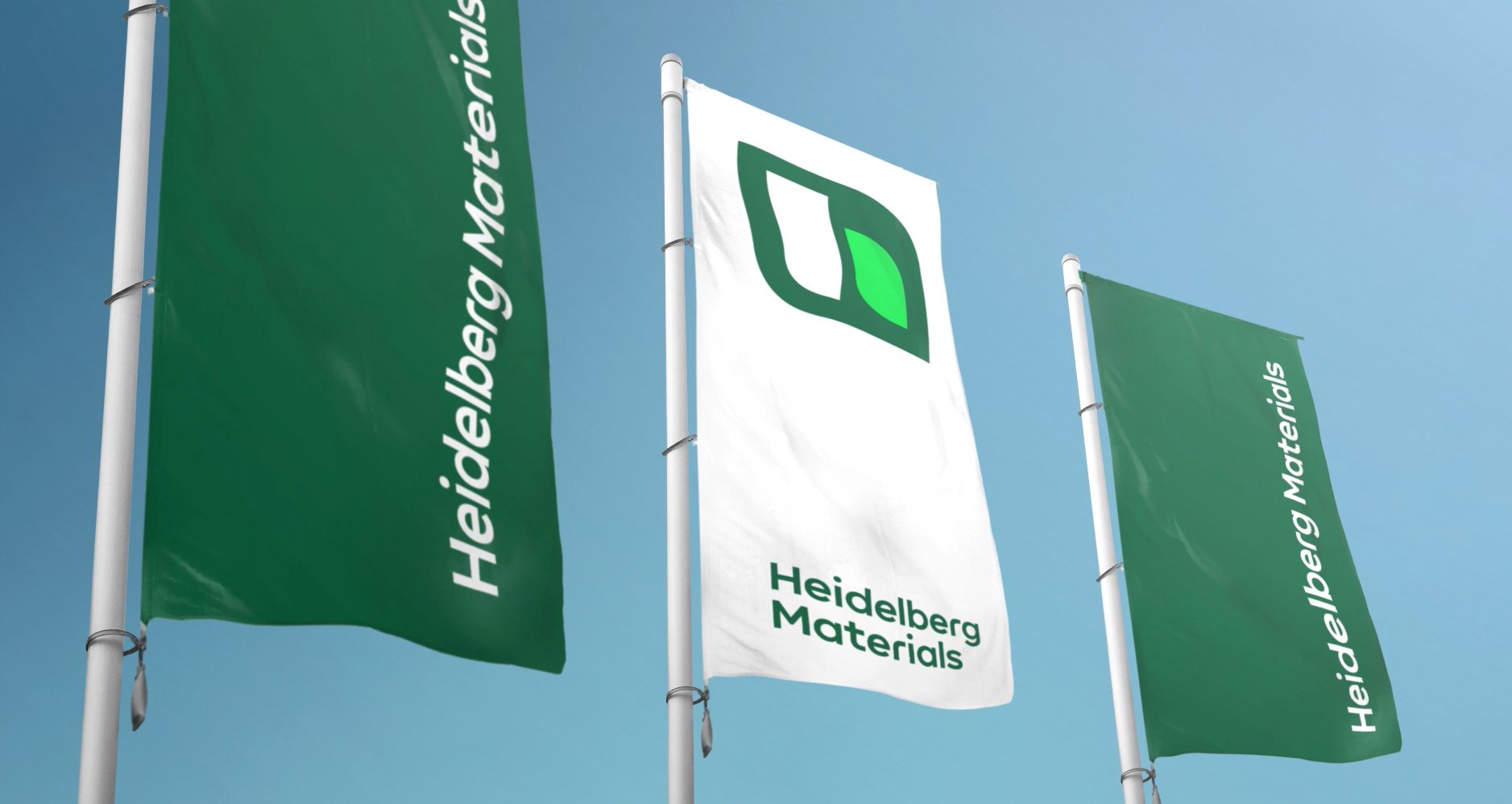Have you seen the inside of a cement plant kiln?
Using drones in quarries has many advantages. One of them is improved visual access and technological knowledge building. But the benefits don't stop there...
The drone, combined with the external screen, allowed the maintenance specialist to follow the inspection and guide the drone pilot to focus on critical points. During this test, the experts could see that there was small refractory damage on the cyclone which was addressed immediately. Having the drone inspect the dip tubes and find them in good condition allowed Schelklingen to embrace future operations with confidence.
How drones are shaping the future of cement kiln maintenance
This drone inspection brought a lot of excitement to the entire company and made the people involved feel proud to be part of an organisation that invests in and supports high-end technology that makes us more competitive and, most of all, increases the safety for our employees. Collaboration between departments was key to making this project successful.
And in some countries, local authorities already accept drone inspections as valid for the mandatory legal inspections on Stacks and Reservoirs. This is happening not only in the cement industry, but also many other industries.
In the future, teams at Heidelberg Materials plan to use drones to inspect most of our big equipment at cement plants, including the raw mills and cement lines, covering all our processes. Technological advances welded by our experienced and skilled teams will create more efficient and safer processes for everyone involved.
A trial run in Schelklingen
During the 2021 Yearly Repair Shut Down, the Schelklingen Plant team, along with the HTC Maintenance Team, decided to do a kiln inspection trial with a speciality drone. It was possible to make a detailed inspection of the equipment only a few hours after arriving at the site, which was practically unheard of when sending humans in to conduct the inspections.
“The video and photo resolution is great. This allows us to get a good, fast and safe first impression about the technical condition of areas that are difficult to access,” said Dominik Azadi, Schelklingen Lead Engineer.
Drones have been considered and prepped for this type of work in the recent past, but the coronavirus pandemic in 2020 made using them a necessity due to travel restrictions. Experts who normally conduct maintenance inspections could no longer be on site, so drones became the answer for multiple difficulties.
Drones can do it better, and more safely
Heidelberg Materials is planning to use special drones to internally inspect the cement kilns during plant outages and yearly maintenance. The planning and implementation are done through a partnership between Heidelberg Technology Center (HTC), our center of excellence for cement business, and HProduce, the initiative to digitalise our cement plants.
Using drones provides a multifaceted solution to our biggest challenges:
Protecting our employees at all costs
Going inside a kiln is a potentially dangerous undertaking, so drones are ideal for going places where humans struggle to safely access.
Continual learning to make our inspections better and more efficient
We have excellent video quality for future reference so experts can use this media to enhance the quality of their work. Drones can create a digital twin of our plants so we can make a 3D model survey for future planning.
Saving time and money during yearly shutdowns and unexpected maintenance
We can start the inspections much earlier as drones can enter the kiln at much higher temperature than humans (usually the waiting time could be up to a week once the kiln is shut down). Drones can be set up and executed very fast. We do not have to remove the coating that is formed inside the equipment walls and roofs, which is a timely process. And a bonus for the public: You can watch these inspection videos at home! Even if you have never even been to a cement plant before, you can enter a kiln in a matter of seconds.
Watch on YouTube

Closeup of the drone.

Drone ready for inspection.

Camera Setup.

Closeup of the drone.

Drone ready for inspection.

Camera Setup.

